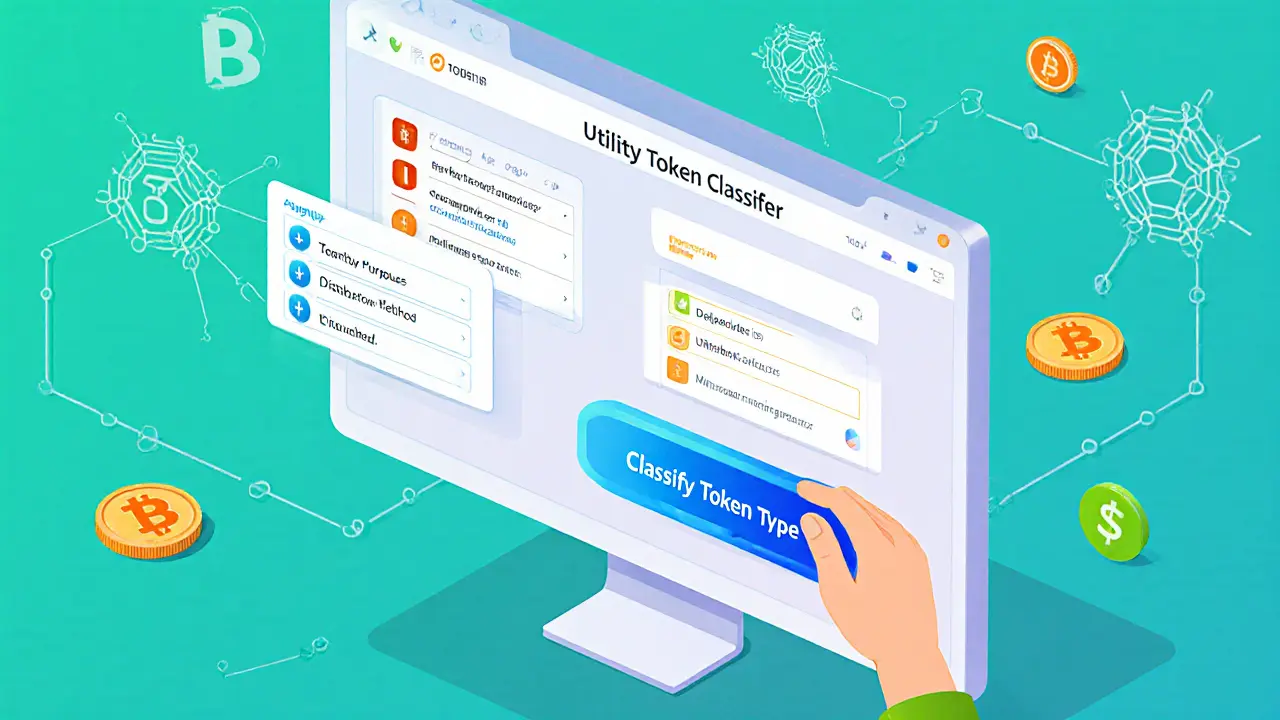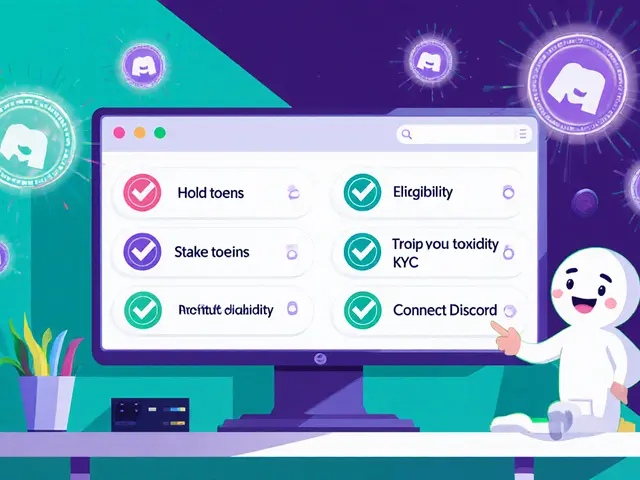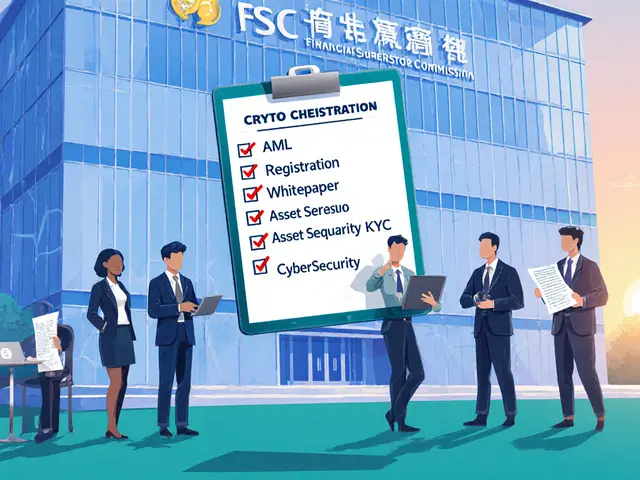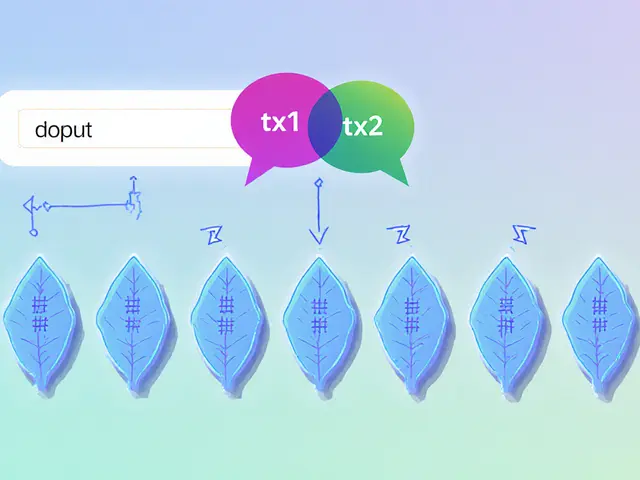Howey test: The Key to Determining Crypto Securities
When evaluating whether a digital token qualifies as a security, the Howey test, a three‑part legal framework from the 1946 Supreme Court case SEC v. W.J. Howey Co., also known as Howey criteria is the go‑to tool for courts and regulators. It answers a simple question: Is this transaction an investment contract? The answer hinges on three elements—investment of money, a common enterprise, and an expectation of profit derived from the efforts of others. Those three elements link directly to securities, financial instruments that represent an ownership or creditor relationship in an enterprise. In practice, the Howey test forces the Securities and Exchange Commission, the U.S. agency that enforces federal securities laws to decide whether a token sale falls under its jurisdiction. If the test says “yes,” the offering must follow registration rules, disclosure requirements, and ongoing compliance—just like any stock or bond. This connection between the test, securities, and the SEC creates a clear legal pathway for regulators to act against unregistered crypto offerings.
Breaking Down the Three Prongs for Crypto Projects
First, the investment of money, the contribution of capital by buyers in exchange for a potential return is straightforward in token sales: investors send cash or other crypto assets to purchase new tokens. Second, a common enterprise, an arrangement where investors’ fortunes rise and fall together often exists when a project’s success hinges on the development team’s efforts—think of a DeFi platform that needs its code to work before token values can increase. Third, the expectation of profit, the anticipation that the token’s value will go up based on the promoter’s work shows up when marketing materials promise future gains, when tokenomics tie rewards to platform usage, or when early buyers hope to sell at a higher price later. When all three are present, the arrangement is treated as an investment contract, the legal phrase that the Howey test uses to label something a security. This framework explains why many initial coin offerings (ICOs) from 2017‑2018 were later deemed securities, and why newer models like security token offerings (STOs) explicitly embrace the test to stay compliant.
Understanding these prongs matters because the SEC, the body that enforces the securities laws stemming from the Howey test has recently flagged several high‑profile token sales as unregistered securities. Bitcoin and Ethereum were ruled not to be securities because they lacked a central promoter driving profits, but many newer DeFi projects still trigger the test. The agency’s enforcement actions illustrate the practical impact of the legal theory: if a token sale is labeled a security, the issuer must file Form S‑1, provide detailed disclosures, and abide by ongoing reporting. Failure to do so can result in fines, injunctions, or even criminal charges. For investors, recognizing the Howey test helps gauge regulatory risk—tokens that clearly pass the test may carry higher compliance costs but also more legal certainty. For developers, it shapes how they design token economics, marketing language, and governance structures to either avoid the test or embrace it responsibly.
Below you’ll find a curated collection of articles that dive deeper into real‑world applications of the Howey test, from country‑specific crypto regulations to detailed token‑sale analyses and recent SEC enforcement cases. Whether you’re a trader trying to spot risky offerings, a developer building a compliant token, or just curious about how securities law meets blockchain, the posts ahead give you actionable insights and up‑to‑date examples.
A 2025‑ready guide covering utility token regulation, Howey test, EU MiCA, compliance checklists, on‑chain controls and emerging trends for crypto projects.



 Finance
Finance




